The phase brings to light the ticket distribution strategy of the three main parties.
The polling for the sixth phase of the Uttar Pradesh Assembly election took place today. Fifty-seven seats spanning across 10 districts – Ambedkar Nagar, Balrampur, Siddharthnagar, Basti, Sant Kabir Nagar, Maharajganj, Gorakhpur, Kushinagar, Deoria, Balliain – voted in Purvanchal 6 Phases
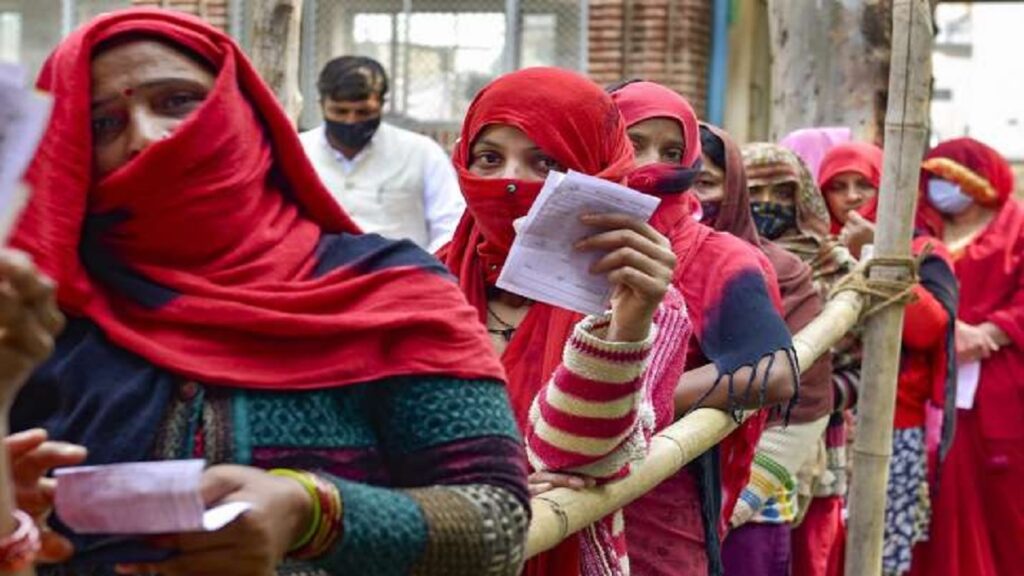
The Bharatiya Janata Party (BJP) had won 46 seats, the Bahujan Samaj Party (BSP) five, the Samajwadi Party (SP) two, Congress one and others won three seats in 2017. In 2012, the SP had won the maximum 32 out of these 57 seats. The BJP recorded 41% vote share, the SP 21% and the BSP 22% in 2017 in the same phase.
With ground reports suggesting a close contest, the sixth and seventh phases may emerge as decisive. Both the BJP (Apna Dal-S and Nishad Party) and the SP (Rajbhar’s SBSP and Apnal Dal-K) have formed alliances with caste-based parties to romp them home.
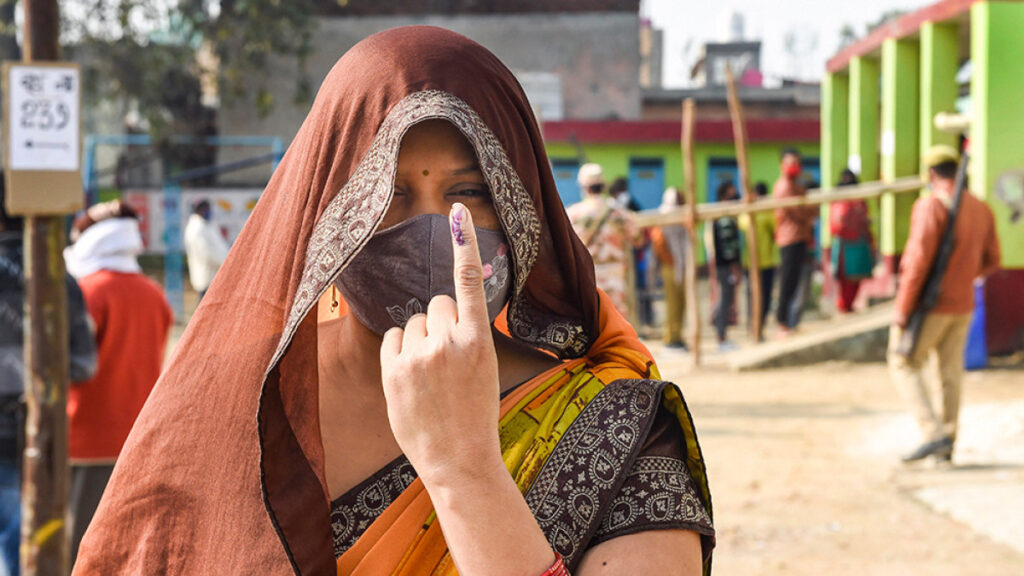
The Ticket Distribution Strategy
This is the only phase where the BSP won more seats than the SP in 2017, with an average SC population of 19%. That BSP chief Mayawati is fighting an existential battle can be ignored at the own peril of the BJP and the SP.
The phase also brings to light the ticket distribution strategy of the three main parties.
This election, there has been a lot of buzz around how the SP has made efforts to shed its Muslim-Yadav image, and how the BJP has moved on from being a party of upper-castes to becoming a champion of backward castes. The data, though, shows otherwise.
One has to understand that ticket distribution is based on:
• The percentage of the population of a particular caste/community/religion
• The percentage support received by a party from caste/community/religion
• Target voter segment that a party wishes to woo
• The influence or dominance of caste groups
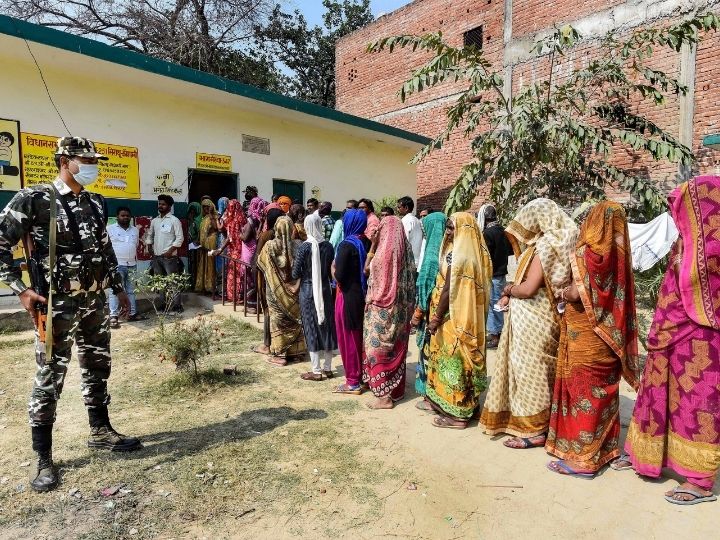
Professor Arvind Kumar has calculated the number of tickets granted by the three main parties to different caste and communities. Taking his research further, interesting observations can be made.
Have SP & BJP Been Able to Change Their Image?
The SP is banking on the strategy of jiski jitni sankhya bhari uski utni hissedaari (each group’s share is according to their population). Going by this logic, it has given tickets to 42% OBCs (for a population of 41%), 20% upper castes (for a population of 19%), 16% Muslims (for a population of 19%) and Dalits 22% (for a population of 21%).
The party has fielded 13% Yadav candidates. Along with 16% Muslims, it has given tickets to 29% Muslim-Yadav candidates, which is equal to their combined population. In effect, this neutralises the party’s attempt to shed its Muslim-Yadav tag.
BY- THE QUINT

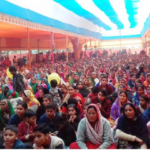
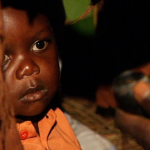

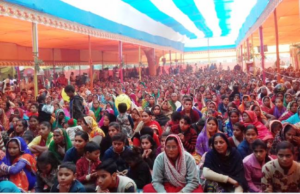
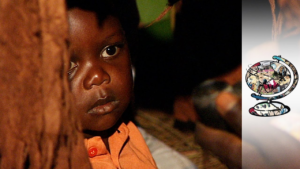
More Stories
Is religion for man or man for religion?
Electoral Bonds: A Veiled Gateway to Legal Corruption
If you convert by force or fraud, you will be imprisoned for 10 years. The whole story of Chhattisgarh law.